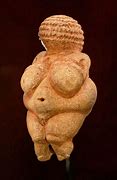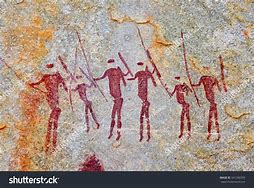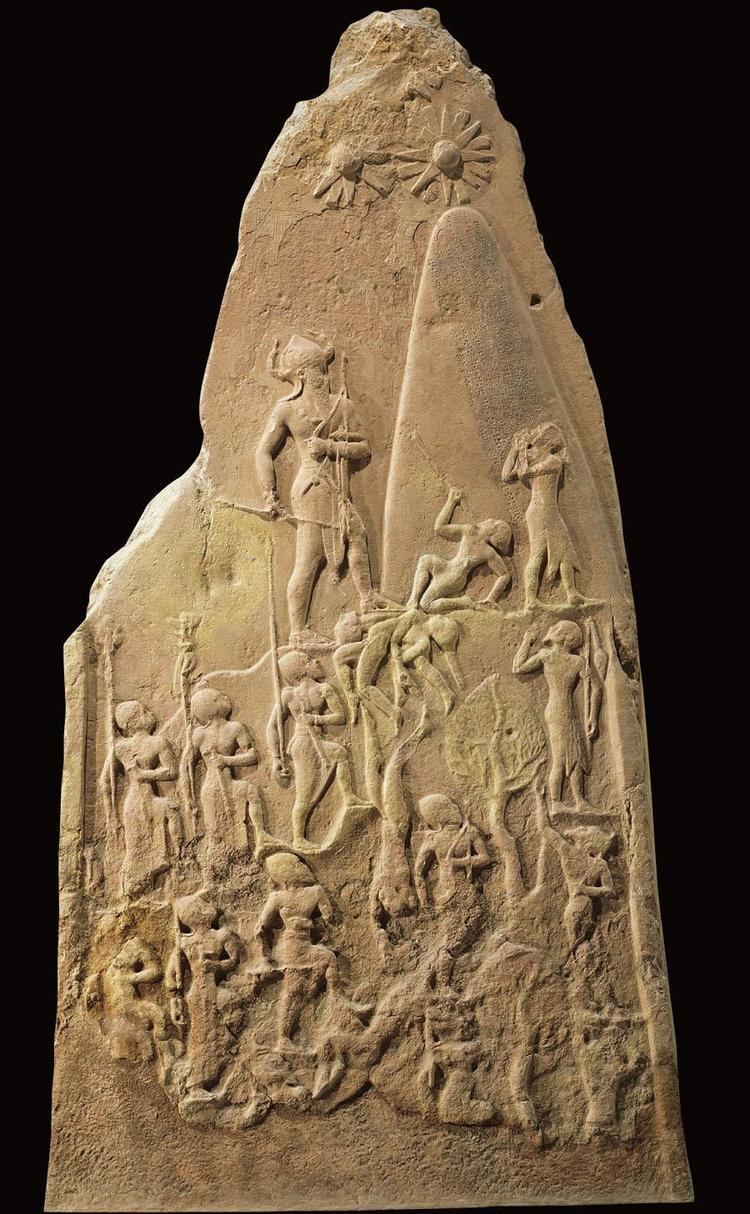Visual Culture in Context: Pre-Modern Global Perspectives
1/19
There's no tags or description
Looks like no tags are added yet.
Name | Mastery | Learn | Test | Matching | Spaced |
|---|
No study sessions yet.
20 Terms
What defines Paleolithic societies?
Paleolithic societies are defined by the use of pre-written language, stone tools, a hunter-gatherer lifestyle in small groups, the emergence of art, and the development of ritual behaviors.
Where was the Woman of Willendorf discovered?
was discovered in Austria.
What era is the Woman of Willendorf from?
is from the Paleolithic era

What is the name of this art work?
Woman of Willendorf
What was the purpose of creating Woman of Willendorf statues?
are believed to have been created as fertility symbols or representations of a mother goddess, reflecting concerns with fertility and the human form
What is naturalism in historical art?
It is the approach that focuses on depicting figures and scenes realistically, emphasizing lifelike detail and true appearance.
What is abstraction in historical art?
Abstraction in historical art simplifies or distorts reality to emphasize color, shapes, and forms rather than realistic representation.
What is sculpture in the round?
refers to a three-dimensional artwork that is carved or modeled in full form, allowing it to be viewed from all angles.

What is the name of this art work?
San Rock Art
Where was San rock art founded?
southern Africa, was primarily found in regions like the Drakensberg Mountains in South Africa and the Brandberg Mountain in Namibia.
When was San rock art made?
is primarily associated with the late Stone Age, roughly between 20,000 and 2,000 years ago, during the prehistoric era in southern Africa.
What was the primary function of San rock art?
was to serve as a form of communication, storytelling, and expression of spiritual beliefs among the San people.
What is shamanism?
is a religious practice involving a shaman, who acts as a mediator between the human and spirit worlds, often using trance states and rituals for healing and guidance.
What is ethnographic analogy?
is a research method used in anthropology that compares cultural practices and artifacts from different societies to infer meaning and context about a particular culture.
Can you give an example of ethnographic analogy?
might be comparing hunting tools used by contemporary indigenous tribes to those found in ancient archaeological sites to understand hunting practices of past cultures.
Where was the Akkadian Empire located in ancient times?
was situated in ancient Mesopotamia, primarily in the area that corresponds to modern-day Iraq, and parts of Iran, Syria, and Turkey
Which leaders were prominent in the Akkadian Empire?
Prominent leaders included Sargon of Akkad, who founded the empire and used military strategy to expand its territory, and Naram-Sin, Sargon's grandson, known for his conquests and for declaring himself a god.
What is cuneiform?
One of the earliest systems of writing, developed by the Sumerians around 3500 BC, was characterized by wedge-shaped marks made on clay tablets using a reed stylus.
What is a relief sculpture?
technique where the figures are carved or modeled on a flat background, projecting from it but remaining attached, creating an illusion of depth.
